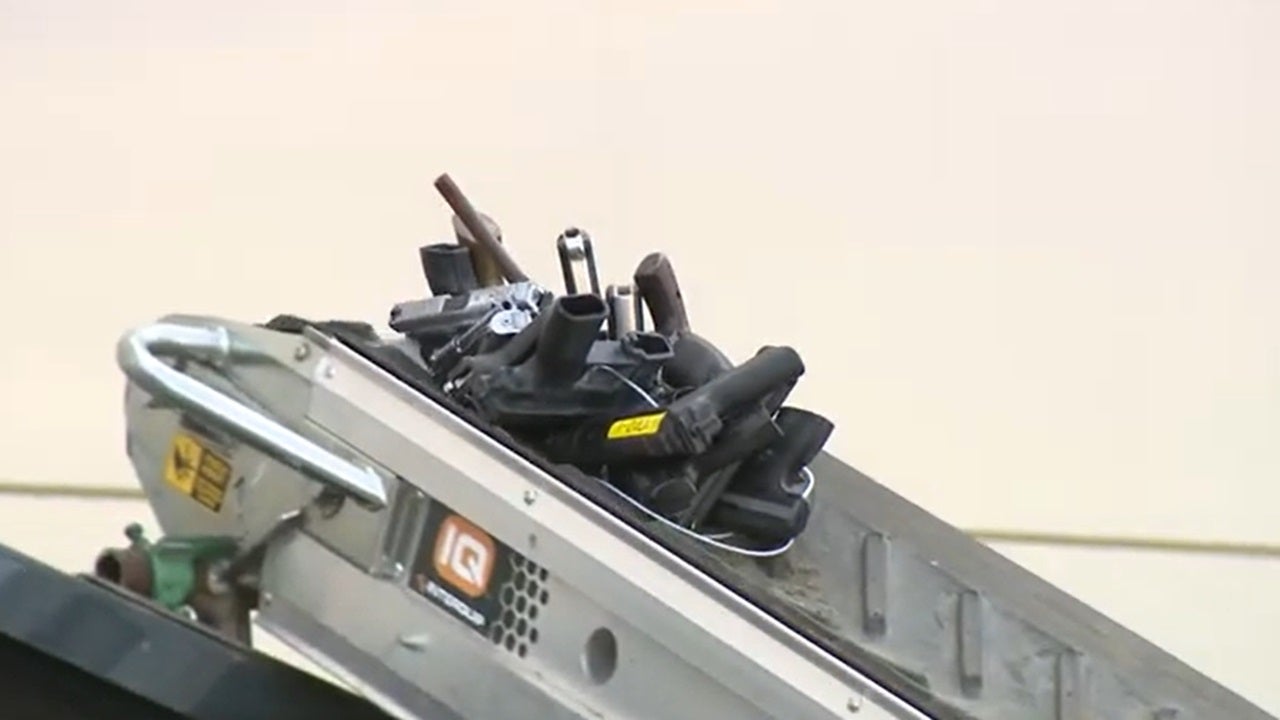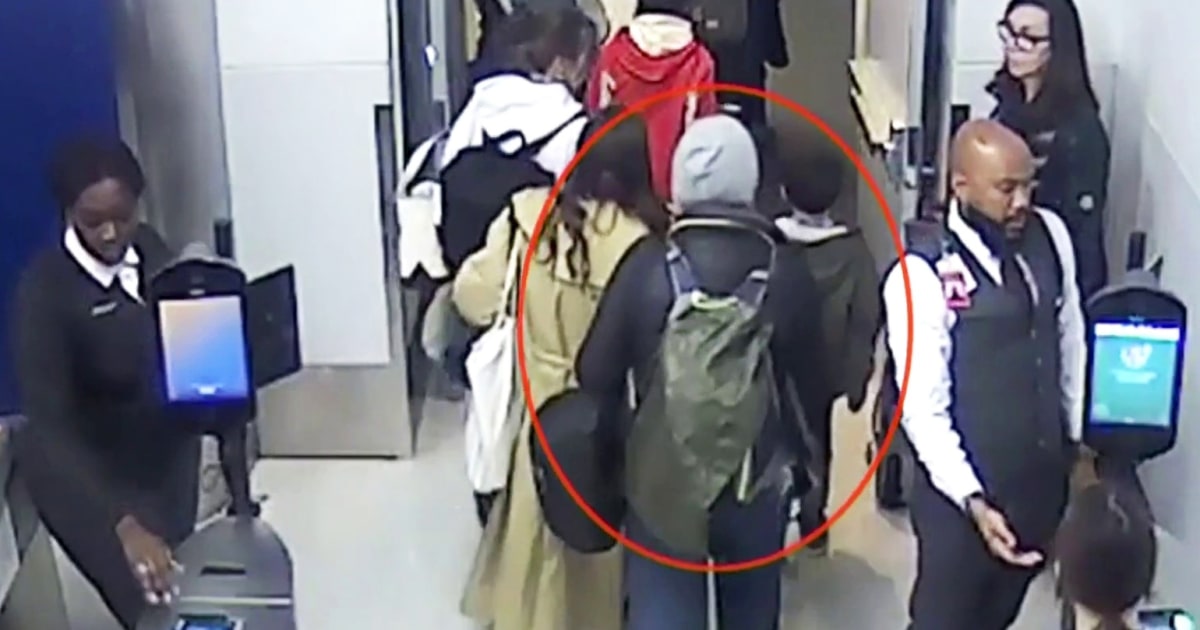NYC Under Siege: Record Brush Fires Fueled by Historic Drought
New York City is facing an unprecedented surge in brush fires, with firefighters battling a record number of blazes amid a historic drought gripping the Northeast. The city's fire department responded to 229 brush fires from October 29 to November 12, a staggering figure that far surpasses any two-week period in recent history.
Inwood Hill Park Blaze Highlights the Danger
A three-alarm fire in Inwood Hill Park, Manhattan's largest old-growth forest, brought the city's wildfire crisis to the forefront. The blaze threatened the lush green space, forcing firefighters to battle collapsing, burning trees and challenging terrain.
Fire Commissioner Robert Tucker highlighted the dangerous conditions, stating, "There aren't fire hydrants in the middle of a forest, so we had to draft water from the Harlem River."
Dry Conditions Across the Five Boroughs
The Inwood Hill Park fire is not an isolated incident. Serious brush fires have erupted throughout the city, including Brooklyn's iconic Prospect Park and Highbridge Park in the Bronx. The historic drought has transformed even the city's green spaces into potential fire hazards.
What is Driving the Fires?
An extraordinary high pressure weather system has been responsible for the drought, suppressing storms that would bring much-needed rain. The dry atmosphere and ground have created an ideal environment for fires to ignite and spread rapidly.
Climate Change Concerns
While the current weather pattern is not directly attributed to climate change, experts warn that the extreme conditions fueling the fires are consistent with the effects of climate change. David Robinson, the New Jersey state climatologist, stresses that these events are a stark reminder of the potential impacts of climate change on our environment.
Taking Action: Public and City Officials Urged to Stay Vigilant
The city has implemented a statewide burn ban, prohibiting outdoor fires until the end of November. New York City Mayor Eric Adams has also called on residents to conserve water by taking shorter showers, turning off the tap while brushing teeth, and fixing any leaking pipes.
The city is facing an unprecedented challenge, and the need for vigilance and collective action is crucial in mitigating the risks of wildfires and protecting our urban environment.
[Image: Emergency services respond to a brush fire in Inwood Hill Park in New York City on November 13, 2024.]







Comments
Join Our Community
Sign up to share your thoughts, engage with others, and become part of our growing community.
No comments yet
Be the first to share your thoughts and start the conversation!